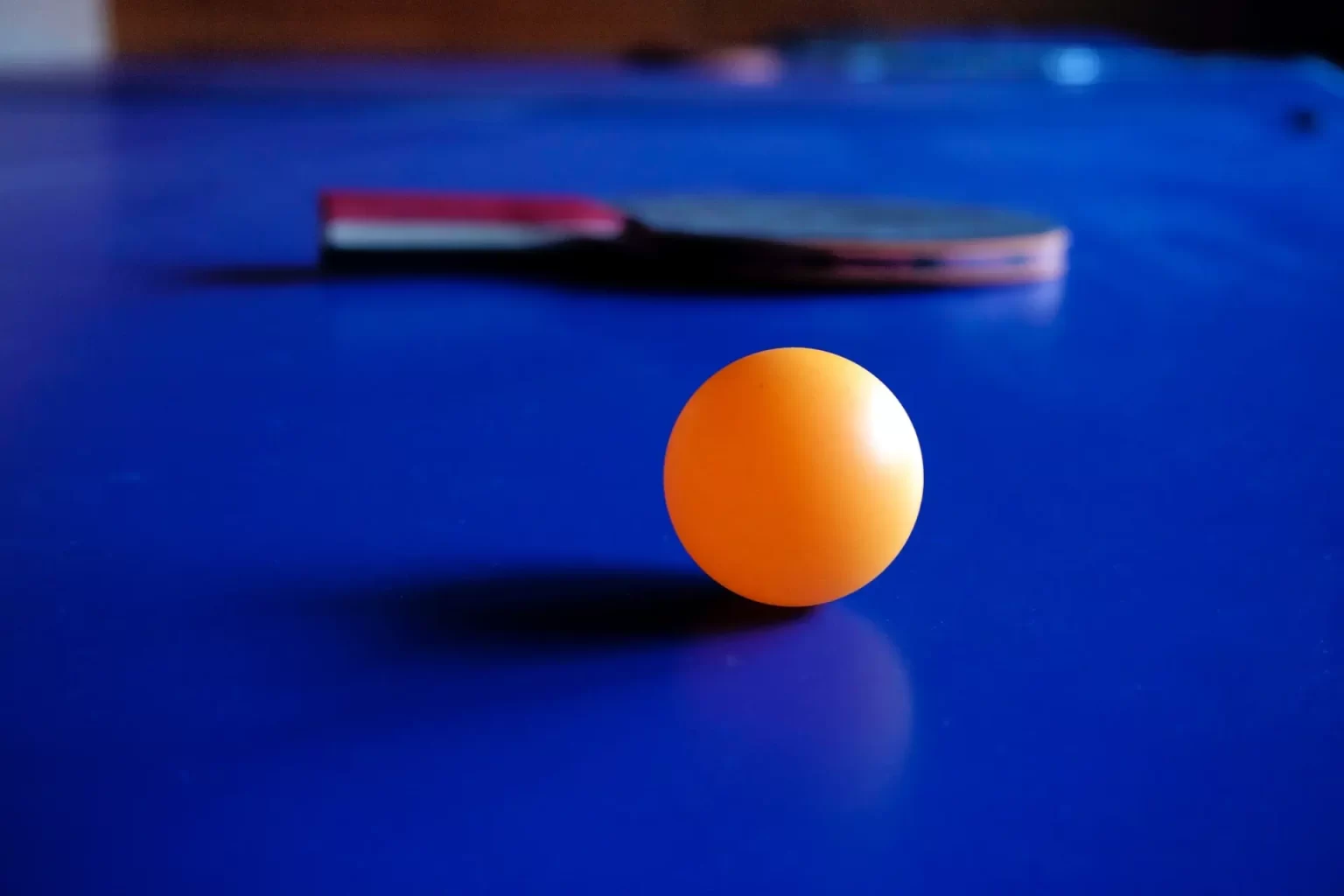Quite popular in Asian countries today, table tennis emerged in the second half of the 19th century, in England. The sport was an alternative to traditional tennis to be played indoors during the colder months of the year.
According to the CBTM (Brazilian Table Tennis Confederation), the first records of this sport report the use of very improvised materials to make the net, including extended threads or stacks of books, the rackets, which people made from wood or cardboard, and even the tables, which lacked a standard measurement. Even so, the sport became popular.
At the beginning of the 20th century, Englishman James Gibb went on business to the United States and discovered the celluloid ball, which is still used today. It was from the sound of the ball hitting the racket that the name ping-pong came about. Nowadays, the nomenclature table tennis is used for a competitive sport and ping pong for a recreational sport. In the 1920s, the creation of the Ping-Pong Association, later renamed the International Table Tennis Federation, officially established the rules. In Brazil, the first championship of the sport took place in São Paulo, in 1912. If balls have changed little in the last century, rackets, on the other hand, have evolved significantly over time. Currently, athletes use wooden equipment covered in rubber and carbon fiber, which is very light.
Basic table tennis rules
The sport is played in matches of 5 or 7 sets of 11 points each, individually or in doubles. Each player is entitled to 2 serves at a time. The ball must bounce in the server’s court and then go over the net without touching it.
The player scores a point when they miss the serve or the response to it, touch the ball two times in a row, touch the table with their free hand, or hit the ball with the wooden side of the racket.
The net must be 15.25 cm high from the table. The white or orange ball is 40 mm in diameter and weighs 2.7 g. The racket must be 85% natural wood, and it must cover the surface that hits the ball with rubber featuring studs outward (maximum 2 mm thick) or with a ‘sandwich’ rubber featuring studs outward or inward (maximum 4 mm thick).




